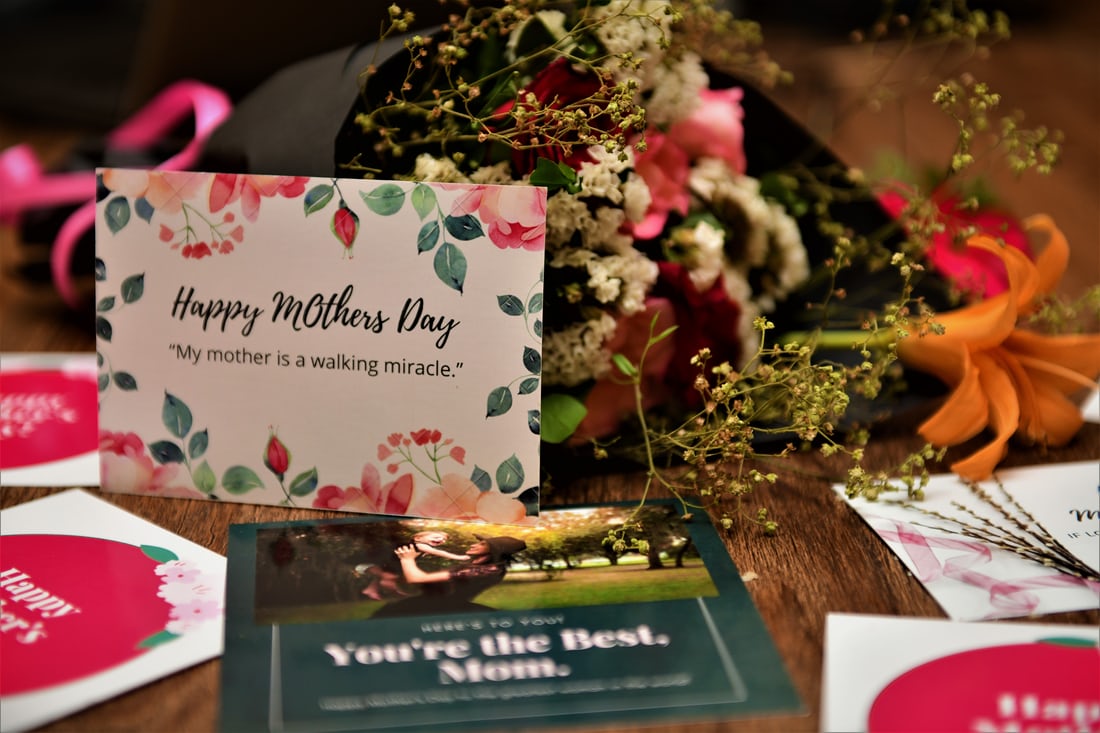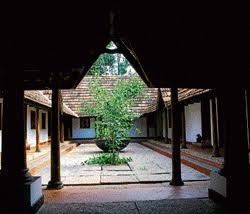
‘Once you sign on to be a mother, 24/7 is the only shift they offer’
Jodi Picoult.
If I dig deep enough into the precious memorabilia I have from my glory days of yore, (read childhood and the happy time when the offspring was a little bundle of preciousness, who, try as she might, could not move much) I am confident of unearthing two photographs. One was taken when I was about five or six, featuring my Great-grandmother, Granny, Mom and me. Our expressions varied greatly, Great-granny had a look of slight disbelief, Granny complacent, Mom happy enough, though her smile looked just the tiniest bit forced and I, blithe and carefree as they come, my mind already planning the next devilment.
Fast forward to two and a half decades later. A repeat of the same picture, but with a slight change in the players: Granny, Mom, me and the offspring (Great -Granny had since journeyed to the hereafter), the same expressions, although the offspring was too young to execute any of the devilments which she might have planned. It was then that I realized the mystery behind the expressions. The Marathi sayeth which roughly translates as ‘you do not get a glimpse of heaven unless you die first’ was true after all. Great-Granny looked disbelieving because she could actually wash her hands off her offspring and Granny was complacent about a well-raised offspring, who perhaps contrary to her expectations, accepted responsibility for a hundred things.
It was Mom’s slightly forced smile which was the most intriguing. It was probably because she had probably been gradually realizing that her 24/7 shift was not even going to change to a 12/6 one for the next decade and a half at least, that she, to quote Robert Frost had miles to go before even a peaceful afternoon nap was in sight. Well, by the time I realized and repented for all my little and not so little foibles, they had caught up with me and can be summarized by something interesting which I read just the other day, ‘My kid is turning out to be just like me. Well played Karma, well played.’
Fast forwarding yet again, if you take a good look at me these days, my smile is not so much forced, as a downright grimace. I had solemnly vowed to never say ‘Yeh Aaj kal ke bacche!’, having heard this litany continuously while growing up, leaving me wondering whether I had grown hooves, horns, a forked tail or all of the above. But the famous James Bond movie sums it up rather well, ‘Never Say Never Again’. In a futile attempt to keep my vow, I make sure to never say the ‘Yeh Aaj’ etc etc aloud, but chant it in my mind, a never- ending mantra, which will perhaps lead me on the path to enlightenment. Now that the offspring is a full-fledged teen, it is par for the course for her to be on the offensive about a million things and more, and she does it with customary aplomb, leaving me to put up a rather feeble defense. I constantly glance over my shoulder hoping for reinforcements in the form of Mom perhaps? (the spouse not being of much use) But, no such luck. Mom is too busy grinning and pointing at her beloved grand-offspring with pride from the side-lines, and egging her on if anything! I am seriously considering getting a puppy, so that at least someone in the house is pleased to see me!
Having been a mom for more than a third of my life now, I have suddenly developed not just a bond, but a kindred spirit of deep sympathy for the rest of my ilk, especially those of my generation. Harried women, most of them teetering on the tightrope of holding on and letting go, ‘upgrading’ themselves at speed, to become the latest 6 or 7G versions of themselves, lest they become ‘slow’ in this era of virtual reality. In these times of cut-throat competition, it is hardly implausible that mothers without warning can morph from normal moms to ‘momsters’ in the blink of an eye. It is the fear of their children being left behind that drives them to be the ones with the best dressed, best fed, best behaved, topper kids who play three musical instruments, four varsity sports, have developed half a dozen apps and written at least two books by the time they are twelve and are fending off talent scouts from all eight of the Ivy League Institutes by the time they are fifteen. Anything less is considered a failure. Of course, there are the rest of us who think that there exists a very fine line between ‘Supermoms’ and sanity.

In the meantime, kids make merry. Each generation thinks that the successive ones are insufferable know-it-alls. This is especially true for most of us, for we spent our childhood in the pre-internet era, gained an insight into it at the beginning of our college/ working lives (mainly those lucky ones who are in I.T. The rest of us, me included, only heard about its existence) and gradually allowed it to transform how we looked at things only since a decade and a half. With the children submerged in the internet since early childhood, it seems the most natural thing to them to become self- proclaimed masters, navigating the tangled web with frightening ease and efficiency before mommy dearest can say ‘tarantula’ (the giant spider, I meant, not the latest version of some game or operating system).
I like to think that we are keeping pace with the changing times. Mr. Suraj Barjatya, with his penchant for playing happy families with a Magna Mater ruling the roost and ensuring that she is the last word on manners and morals which the rest of the clan obsequiously follows and whose children hang on to her every word like so many bats in a cave has been firmly relegated to the past, getting an outing only when we feel the need to be drenched in nostalgia. The rest of the time, we keep it real, ala` Sridevi, in her fabulous come back film, ‘English Vinglish’, where she deals with an impertinent offspring with flair, in her inimitable way. It is not as if the offspring are bad at all. It is just the impatience of youth, trying to prove itself, to make sure that it reaches the goals we set in the first place.
It is with these encouraging (God knows I need them twenty times a day) thoughts that I gird myself for some more skirmishes with the offspring which are sure to come my way unexpectedly. In the course of an ordinary day, it begins with the ideal time to wake up (with the sun according to me and the stars according to her), the menu for BLD(breakfast, lunch and dinner), the clothes, the nails, the hair, the books, the time wasted watching OTT (according to me of course!), the choice of music (mine wails and hers sounds like nails on a chalk board), midnight snacks and a million other things which all moms the world over would agree on. But, at the same time, I would not change a single thing. These little battles are the stuff of family legends.
There are tears and laughter and rule-making and breaking. Times when I am deemed judgmental, or other times when the rolling eyes describe me as simply ‘mental’. Times when I don’t know enough and times when I know too much. When I am too preachy and times when I don’t give enough advice like other well-meaning people. When I am not assertive at all, or so assertive that she has to remind me that it’s her life! And those memorable times when I can be counted on to embarrass her with either my misplaced sense of style (or lack thereof) or misplaced sense of humor. It is a constant rollercoaster ride which I wouldn’t miss for the world.

And of course, every time I seek some respite, to write this screed for example, she, by some strange form of extra sensory perception,knows that I am putting my feet up, leading me to discover a new law, The Offspring Law, as I call it. “The moment you find something interesting or important to do is the very moment when the offspring will need something, and yell for you. The more you ignore, the longer the duration, and higher the pitch and the frequency”. This is especially true in case of multiple offspring, where you are trained with great zeal in the many tasks which peace keeping forces are expected to do.
What brought on this piece on parenting you ask? Mother’s Day of course, though if truth be told, I would say that every day is Mother’s Day, at least as far as keeping the wheels of the daily grind tickinggoes.I would like to wish all mothers out there, for having been there and done that. Because being a mom is not easy. If it were, dads would do it too! So, irrespective of your style of parenting or the type of mom you are, a tiger, a dolphin, an elephant, a helicopter, or any other, take heart for you are doing better than your best and don’t let anyone tell you otherwise!
Sticky fingers, runny noses, fevered brows, scraped knees, forgotten homework and projects, exams by the dozen, sports, music and everything else in between, a mom’s world is never dull, long after the kids have flown the nest. Because they are the living memories which we make, little bits of ourselves, which we hope to leave behind for posterity. That is what motherhood is, the eternal walk between mania and magic.

























